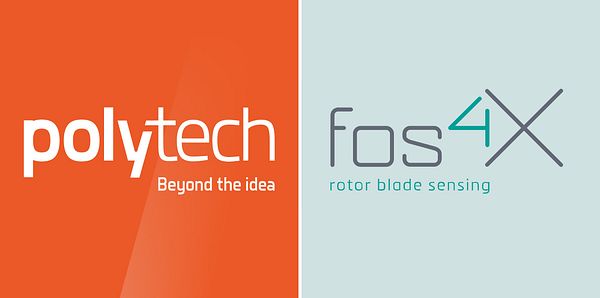Press release -
fos4X measurement technology in rocket at the edge of space
The flight of the sounding rocket of the REXUS program in northern Sweden reached a height of more than 80 km on 04 March 2019 and thus reached the limit of space. The Chair of Carbon Composites at the Technical University of Munich carried out temperature measurements of the rocket structure with fos4X fiber optic measuring technology during the flight.
Weight savings through CFRP structures
The Chair of Carbon Composites (LCC) of the Technical University of Munich (TUM) developed and built a CFRP module of a sounding rocket in cooperation with the German Aerospace Center (DLR). By using CFRP structures instead of aluminum, a dramatic weight saving is to be made possible, which enables higher payloads or greater altitudes in the aerospace industry.
Temperature measurement and behavior of the CFRP structure
In order to monitor the behavior of the CFRP structure and its temperature development under real conditions, fiber optic temperature sensors were integrated into the wall of the structure. The collected data was read by a fiber optic measuring device from the company fos4X. The module could be monitored live on the flight over 80 kilometers altitude.
The advantages of fos4X metrology
"The special fiber optic measurement technology used for this was originally from the wind industry, where, just as in aerospace, electromagnetic interference leads to disruptions or failures of electrical measurement technology."
Says Jonathan Oelhafen, Quality Engineer at fos4X and former member of the Chair of Carbon Composites (LCC) and adds:
"In addition, the great robustness and high sampling rate of fos4X's fiber optic metrology was needed for use in the rocket module."
Further information on the project at http://www.tesos-rexus.de/
Topics
- Energy issues
Categories
- competence
- hardware
- innovation
About fos4X GmbH
Founded in Munich in 2010, fos4X GmbH is a specialist for reliable, fiber optic measurement and sensor technology as well as for innovative data analysis. It develops IIoT and edge computing solutions and enables significant cost reductions and efficiency increases for the wind industry.
This technology is primarily used in wind turbine rotor blades. In addition, fiber-optic sensors and solutions are also used in the fields of electromobility, process measurement technology and railway technology.
